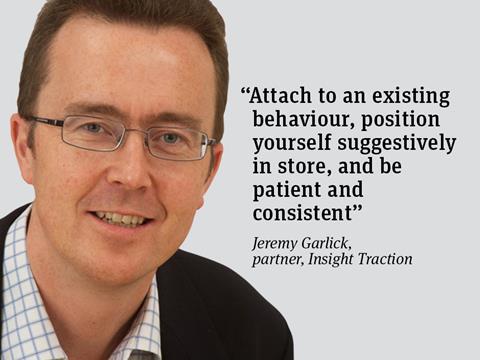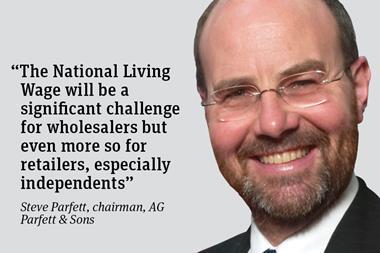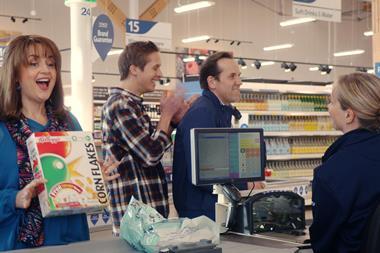
As we approach new year and the time for resolutions, it is appropriate to think about habit change. Human beings are creatures of habit. They don’t change comfortably.
Fmcg and retail are full of examples. After huge efforts from government and industry to get people eating more fruit and veg, the amount consumers eat has hardly changed. Despite all the attention on new meal ideas, most people have about six options for their evening meal, and work their way through these again and again.
This human habituation is a curse and a blessing for our industry. It is very difficult to get our products, brands and categories adopted, but once they are adopted they may become habitual, over five, 10, even 20 years.
So how do you change consumer habits? Here’s three things to think about.
First, attach the product, brand or category to an existing behaviour. Crisps with your lunchtime sandwich. Garlic bread when you have pasta. Cake with your daily Starbucks. Floss and mouthwash when you clean your teeth before bed. It is much easier to hook on to an existing behaviour than to create an entirely new one. In an ideal world, companies should look to create in the consumer a sense of expectation or even entitlement. “Here’s my coffee. So where’s my cake?” Costa has even designed its saucers to leave a gap where the cake should be.
Second, position yourself suggestively in store. Get next to your “best friends”. In other words, next to the products, brands and categories you want to be used with. Then spell this out as clearly as ABC on shelves. A deal helps. The lunchtime meal deal (sandwich, snack, drink) has been so successful it is now a category norm. Make it incredibly obvious what you are suggesting and incredibly easy for the shopper to do.
Finally, be patient and consistent. It takes time to change consumer habits. You will need a compelling and consistent category story to get retailers on board. If you make obvious the long-term benefits to the category of hooking on to a new occasion, retailers will view modest initial sales more forgivingly.
But the supplier too needs to take the long view. They may need to think about three, five or even 10-year paybacks. In that context, heavy sampling and longer, more sustained introductory marketing support will make more sense.
Most shoppers won’t bounce down the aisle in the first two weeks, desperate to change their current habits. Companies will have to encourage, incentivise and generally “nudge” habit change consistently, month by month and year by year.
Jeremy Garlick is a partner of Insight Traction



















No comments yet